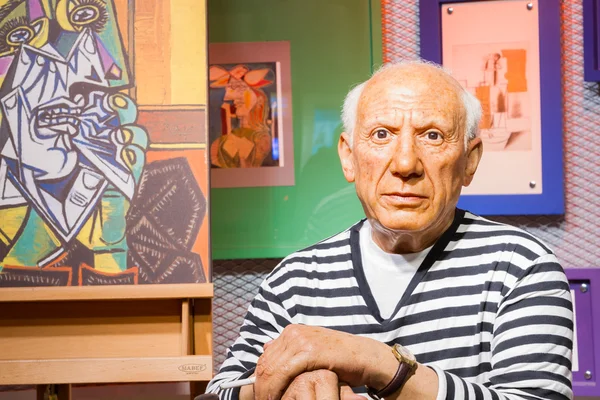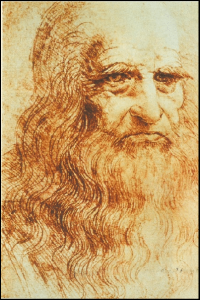
Artistic Career and Movements
Picasso’s career spanned over seven decades, during which he redefined the landscape of modern art. He was a prolific artist, producing over 50,000 works in various media, including painting, sculpture, ceramics, and printmaking. His work is typically categorized into several distinct periods:
The Blue Period (1901–1904)
Picasso’s Blue Period was marked by somber and melancholic works painted predominantly in shades of blue and blue-green. This phase reflected the artist’s emotional struggles, including the suicide of his close friend, Carlos Casagemas. The paintings from this time, such as The Old Guitarist (1903), depict themes of poverty, isolation, and human suffering. The somber tones and emotional intensity of this period left a lasting impact on his artistic development.
The Rose Period (1904–1906)
The shift from blue to warm, pinkish hues marked Picasso’s Rose Period. This phase, which followed the melancholy of the Blue Period, was more cheerful and romantic, often depicting circus performers, harlequins, and other figures from the world of entertainment. Works like Boy with a Pipe (1905) are emblematic of this period, blending emotional expressiveness with soft, warmer colors.
Proto-Cubism and African Influence (1906–1909)
Picasso’s exposure to African and Iberian art during this period had a profound influence on his work. He was deeply inspired by the stylized figures and bold forms of African masks and sculptures. This can be seen in his work Les Demoiselles d’Avignon (1907), which marked a break from traditional perspectives and foreshadowed the development of Cubism. Picasso’s exploration of abstraction began to intensify, and his forms became more geometric and fragmented.
Cubism (1909–1919)
Together with French artist Georges Braque, Picasso co-founded the Cubist movement. Cubism aimed to break objects into geometric shapes and represent multiple viewpoints simultaneously, challenging traditional notions of perspective and representation. The movement can be divided into two phases: Analytical Cubism and Synthetic Cubism.
Analytical Cubism (1909–1912)
This phase emphasized the deconstruction of forms into complex geometric shapes and was often characterized by a monochromatic palette. Works like Portrait of Ambroise Vollard (1910) demonstrate the fragmented and analytical approach of this phase.
Synthetic Cubism (1912–1919): In this phase, Picasso began incorporating elements of collage and the use of bolder colors. The forms became simpler, and the focus shifted toward the construction of an artwork rather than its deconstruction. Still Life with Chair Caning (1912) is one of the iconic works from this period.
Neoclassicism and Surrealism (1920s–1930s)
Following World War I, Picasso’s style evolved as he began to experiment with more classical forms. Influenced by Greek and Roman art, he created works with more figurative and monumental qualities. During the late 1920s and 1930s, he also explored Surrealism, and his works during this period became more symbolic and imaginative, such as Three Musicians (1921), a playful yet enigmatic depiction of figures.
Guernica and Political Art (1937)
One of Picasso’s most important works, Guernica (1937), was created as a response to the bombing of the Basque town of Guernica during the Spanish Civil War. This monumental painting remains one of the most powerful anti-war statements in art history. It combines surrealist and cubist techniques to portray the horror, anguish, and suffering caused by war, making it an iconic symbol of peace.
Pablo Picasso’s Legacy
Pablo Picasso’s legacy is one of profound transformation and innovation in the world of art. His revolutionary approaches to artistic expression changed the landscape of modern art and have had a lasting impact on multiple generations of artists, scholars, and art enthusiasts. Below are some key aspects of his enduring legacy:
1. Revolutionizing Modern Art
Picasso was a key figure in the development of modern art. His groundbreaking work in Cubism, alongside Georges Braque, challenged traditional perspectives and reshaped the way people viewed and understood art. His approach to fragmented forms, abstraction, and perspective opened new doors for artistic experimentation and freedom. Picasso’s ability to redefine the role of the artist in society made him a trailblazer in modernism.







